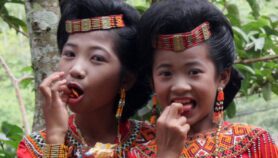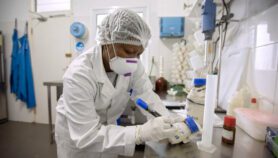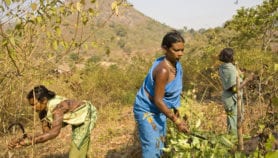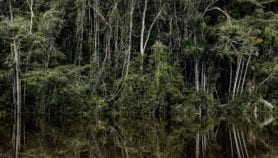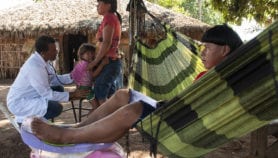By: Mustak Hossain
Send to a friend
The details you provide on this page will not be used to send unsolicited email, and will not be sold to a 3rd party. See privacy policy.
[DHAKA] Bangladesh’s science minister has called for farmers to grow more medicinal plants both to meet local demand and to ensure a slice of the global herbal medicine market.
About 500 medicinal plants grow in Bangladesh, where about 80 per cent of the rural population depends on traditional remedies for ailments such as cough, cold, fever, headache and dysentery.
Despite this, and the presence of more than 400 companies producing herbal medicines, more than 90 per cent of the plants and products needed to meet demand are imported from other countries such as India, Nepal and Pakistan.
According to a December 2003 study by the World Bank’s South Asia Enterprise Development Facility and Intercooperation, a Swiss development organisation, Bangladesh’s medicinal plant market is worth US$14 million each year at wholesale — some 17,000 tonnes of final product.
The report predicted demand for imported raw materials would increase by US$4.9 million within five years. But at present, medicinal plants are not commercially farmed in Bangladesh, and are only used when gathered from the wild.
Plants such as garlic, mint, turmeric and neem could boost Bangladesh’s economy if planted on a larger scale, even if it is just in villagers’ backyards, says Ferdousi Begum, executive director of Development of Biotechnology and Environmental Conservation Centre.
Neem, for example, is used to treat skin disease and in beauty care products. Turmeric has been used as an anti-inflammatory, to treat digestive disorders and skin diseases, and in wound healing.
Although Bangladesh has no government policy or regulations about growing, conserving and marketing medicinal plants, some universities and non-governmental organisations are collaborating to boost the country’s production of the plants.
Local research groups, such as the Development of Biotechnology and Environmental Conservation Centre, have adopted scientific strategies such as tissue culture to reproduce and conserve rare plant varieties.
In a bid to encourage the conservation of the country’s medicinal plants, the Development of Biotechnology and Environmental Conservation Centre has inspired villagers to support an initiative called ‘backyard home garden of medicinal plants’, and is establishing medicinal plant gardens in the Laxmipur district, about 90 kilometres from the capital, Dhaka.
Ferdousi told SciDev.Net that to encourage cultivation of medicinal plants, the government should allocate or lease lands and give cash subsidies to farmers.

